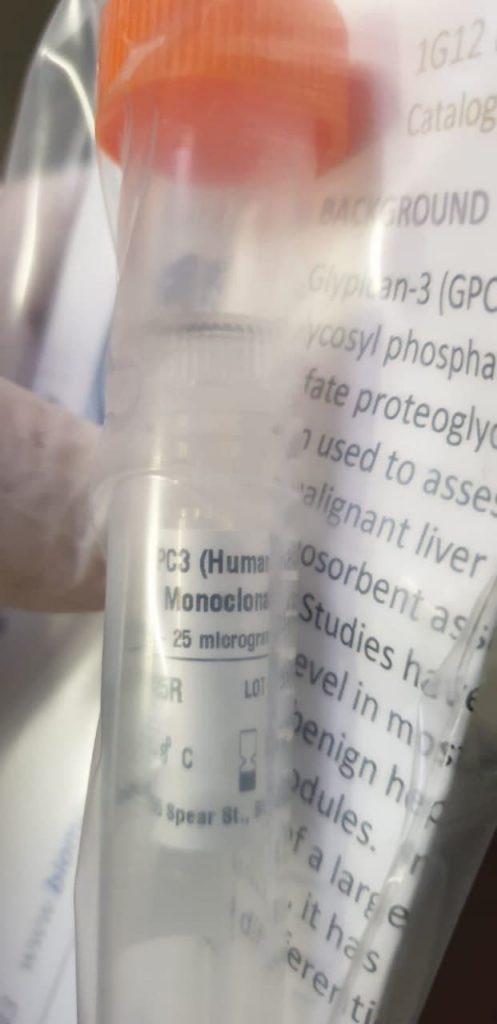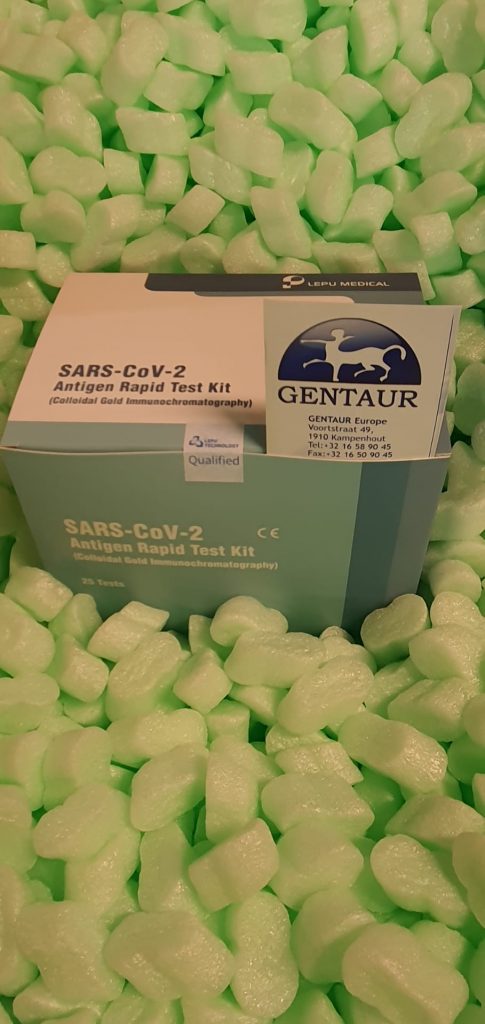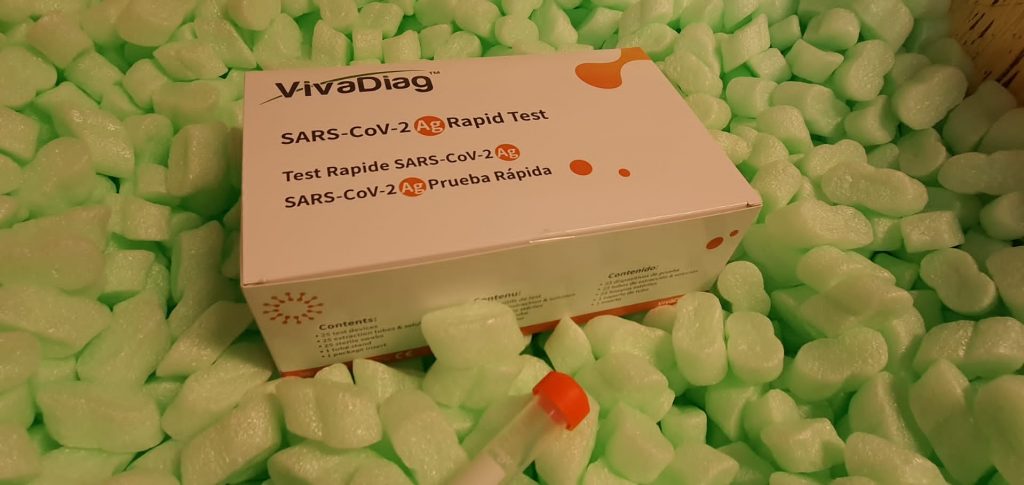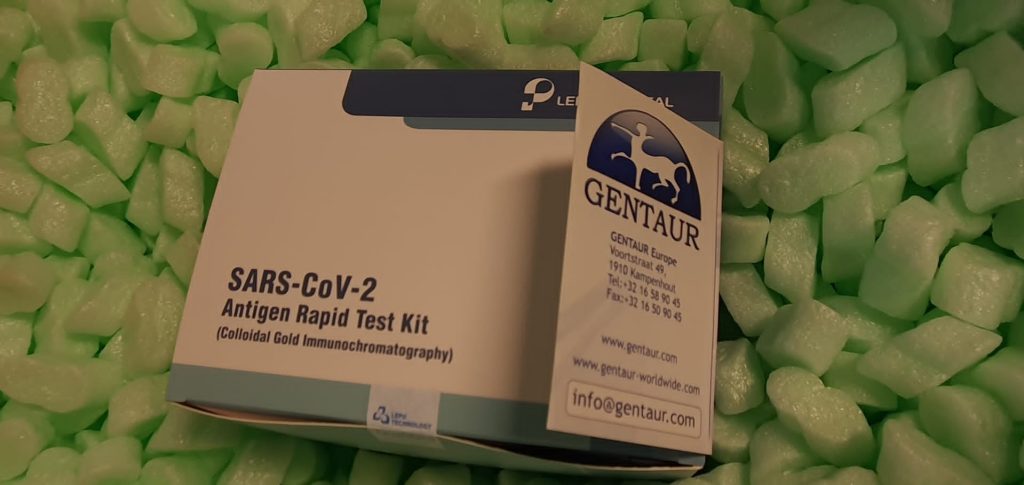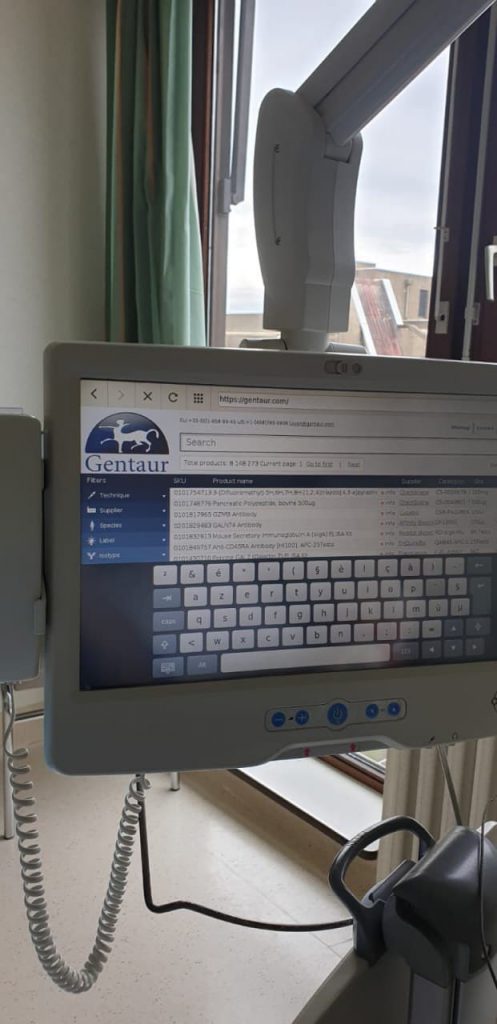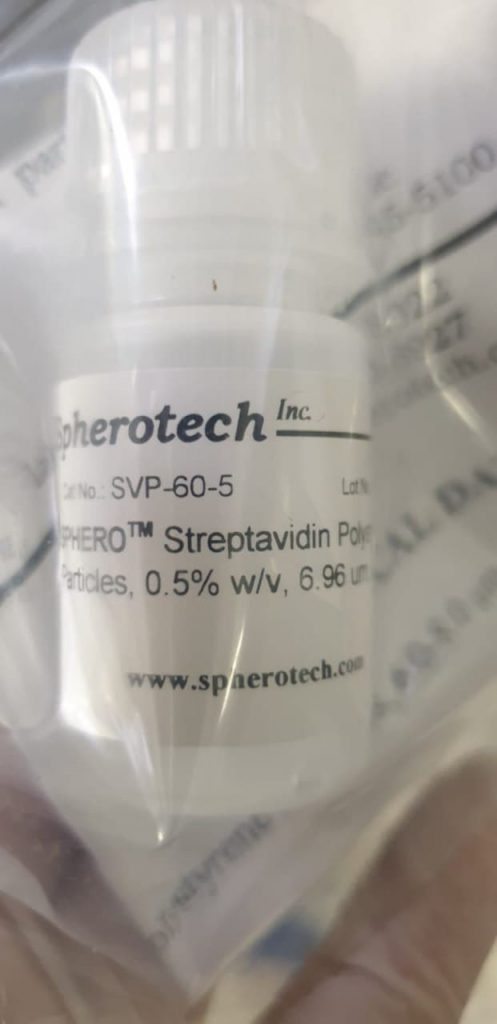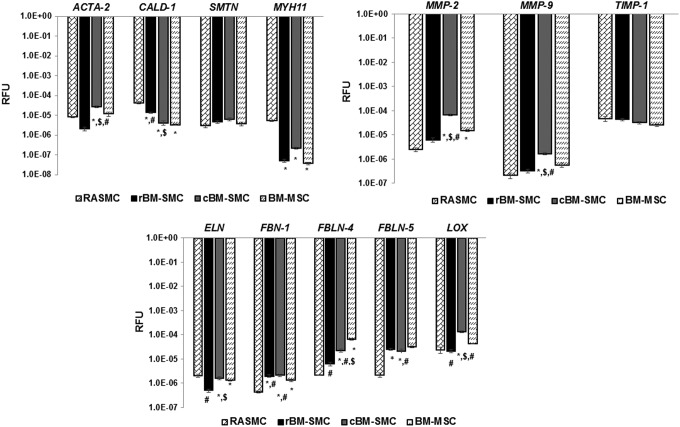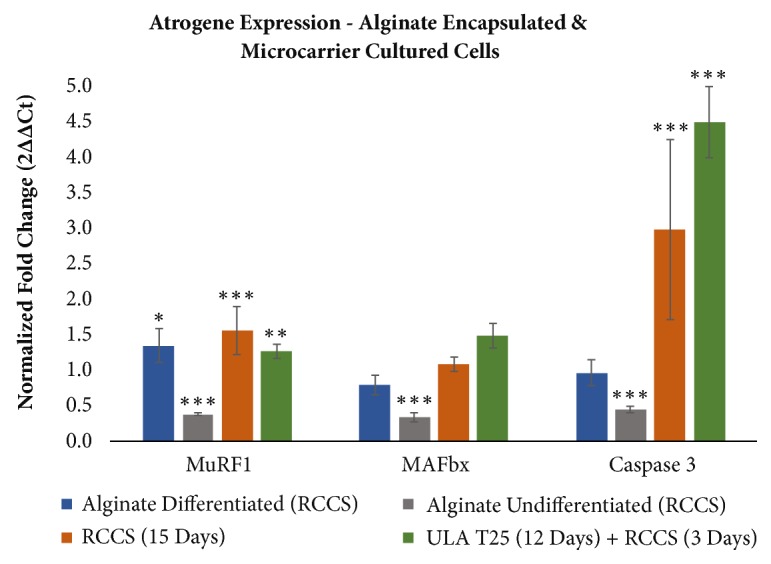Femtosecond pulsed laser microscopy: a new tool to assess the in vitro delivered dose of carbon nanotubes in cell culture experiments
In vitro fashions are extensively used in nanotoxicology. In these assays, a cautious documentation of the fraction of nanomaterials that reaches the cells, i.e. the in vitro delivered dose, is a essential factor for the interpretation of the information. The in vitro delivered dose might be measured by quantifying the quantity of materials in contact […]

